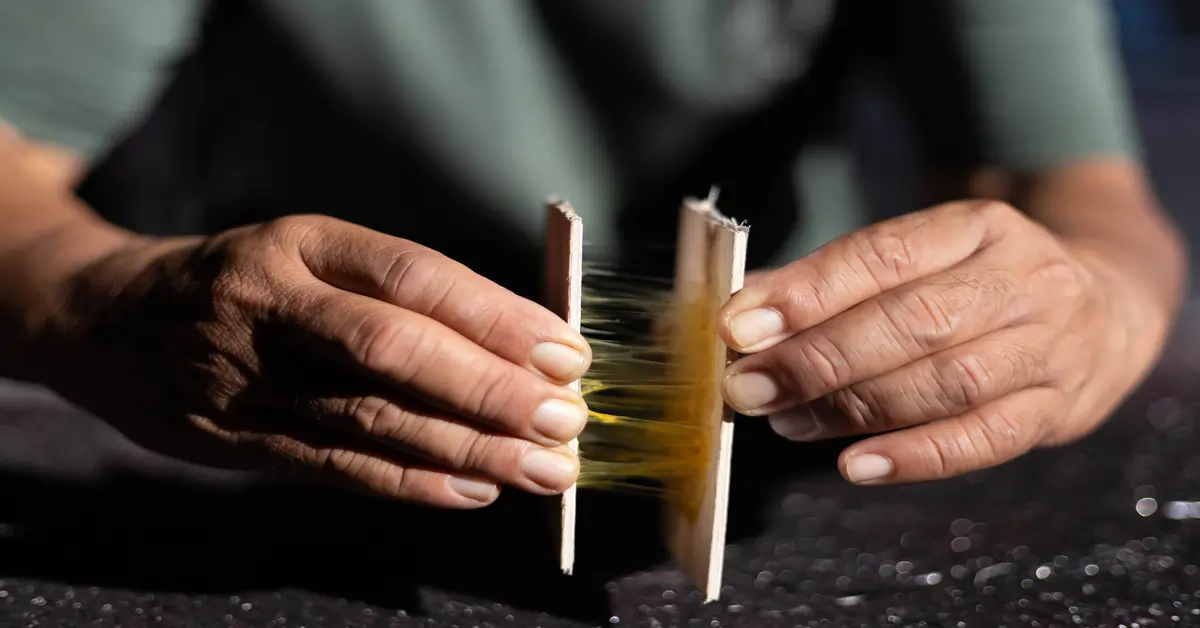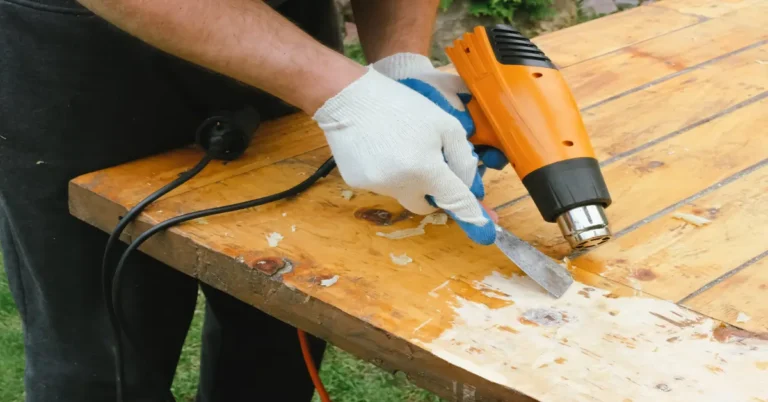In any project that requires long-lasting adhesion, the type and quality of adhesive are critical to ensuring good results. For many industry experts, careful consideration is important in choosing the right or even the best kind of adhesive.
This principle is relevant to rubber-based adhesives often used for wood lamination, shoe manufacturing, carpentry, and the application of plastic and ceramic tiles.
Also known as rubber adhesives or solvent-based adhesives, these products are a must-have in many toolboxes due to factors like their versatility, bond strength, and drying time.
If you are unsure about the best type of rubber adhesive for your project, check out what industry insiders have to say! Learn what is the best rubber adhesive for different materials with this read. Plus, discover how to safely and properly use rubber adhesives without harming you or someone else.
Why Materials Matter in Choosing Rubber Adhesives
The term “best” is a subjective word, no matter the context. When it comes to rubber adhesive use, determining the “best” or “ideal” choice for your project entails knowing the materials you will be using. This is because multiple substances can be added to adhesive formulas that can affect the product’s overall qualities and performance.
To guide you in your decision-making process, here are some of the most common types of rubber adhesives and the materials they are compatible with:
- Natural rubber adhesive
Use on: Glass, wood, paper, plastic, fabric, leather, rubber, iron, or steel
As its name suggests, this adhesive contains natural rubber derived from plants and trees. It has long polymer chains that allow it to become flexible and elastic when slightly heated. Natural rubber adhesives are a good choice for bonding porous materials.
Unfortunately, natural rubber adhesives are NOT the best choice for outdoor applications, high-temperature environments, and/or high-load projects. These conditions can break down the rubber’s polymer chains, quickly degrade the natural rubber, and weaken the product’s strength and durability. Plus, rubber adhesives are also not resistant to oils and solvents.
- Polychloroprene (Neoprene) Adhesive
Use on: Plastics, wood, leather, or metal
This adhesive is considered the first synthetic elastomer that was developed and used. Polychloroprene (neoprene) adhesives are a good choice if you are looking for a product that offers quick bond times between materials and good bond strength. More importantly, this adhesive can resist elements or problems caused by oils, chemicals, water, heat, and sunlight. - Cyanocranolate Adhesive
Use on: Rubber
Ever wondered what the best adhesive for rubber bonding is? Here is your answer. Commonly known as super glue, cyanocranolate adhesive is made of cyanoacrylate esters and requires only small amounts to ensure a strong bond between surfaces.
Cyanocranolate adhesives’ benefits include quick room temperature curing times, adhesion to multiple substrates, good bond strength in shear and tensile modes, a wide range of viscosities, and ease of dispensing in automated systems.
This adhesive has its drawbacks, too. Its quick curing time means very little room for error. When using this adhesive, take note that joints cannot be realigned. Using this product on large surfaces is not recommended either since it can “bond” the person or spreader with the tool or “roller” and lead to a limited gap and low flexibility. - Butyl Rubber Adhesive
Use on: Rubber (specifically inner tubes of tires) and plastics
These adhesives are made of synthetic materials said to resemble natural rubber. Butyl rubber adhesives can be a good choice because they have low permeability against gas, vapors, and moisture; can resist abrasions, tears, and flexing; withstand aging; and possess “inherent tackiness.”
- Silicone Rubber Adhesive
Use on: Metal, glass, and silicone
This adhesive, which can come in either a one- or two-part system, offers low shear strength and withstands high temperatures.
Silicone rubber adhesives are prized for their ease of customization and versatility. As such, manufacturers can customize and develop formulas that meet specific quality standards and specifications, so the resulting adhesive can bond with various materials better.
Silicone rubber adhesives also take on a flexible and soft consistency, meaning they are not rigid and can be used on surfaces that will have to be moved from time to time. This type of adhesive can also retain its shape and performance even when compressed or utilized in high-temperature areas.
These are actually just a few of the many rubber adhesives available on the market that you can use to your advantage. If you have additional questions about rubber adhesives’ benefits and uses or have another product you want to try, feel free to contact an industry professional for help.
Ready to Work With Rubber Adhesive? Here Are Some Reminders
If rubber adhesives are a must for your project, Island Chemicals offers two choices that can be used on various materials and surfaces:
- Apollo Rubber Cement (Toluene Free): Thanks to its outstanding bonding strength, this is your best bet if you have to bond or repair wood products like furniture, doors, and cabinets.
Apollo Rubber Cement (Toluene Free) can also be used to bond wrought iron furniture and fix rubber and leather products. Lastly, this synthetic and rubber-based adhesive can be used if you need to make general household repairs, start DIY projects, or do school or arts and crafts projects for your kids. - GI Rubber Cement: If you are on a budget, you can use this adhesive that offers good bonding strength and can bind rubber, wood, leather, and other materials.
When handling these adhesives, just make sure to always wear protective equipment like face masks, gloves, and goggles. Either of these adhesives contains chemicals that can be harmful to your health if you are continuously exposed to them. Make sure to read the product instructions as well, so you will know how to store and dispose of the products when the time comes.
Ready to work with rubber adhesives for your next project? With Island Chemicals, you can! Successfully bond two of your chosen materials to get the good results you want and deserve. Visit the Island Chemicals website today for more tips on working with rubber adhesives and other home improvement guides.
References:
https://www.sciencedirect.com/topics/engineering/rubber-based-adhesive#
https://www.sciencedirect.com/topics/engineering/cyanoacrylate-adhesive
https://www.sciencedirect.com/topics/engineering/butyl-rubber
https://link.springer.com/chapter/10.1007/978-1-4613-0671-9_15
https://www.industrialrubbergoods.com/rubber-adhesives-sealants.html
https://itacadhesives.co.uk/rubber-based-adhesive-glue-natural-or-synthetic/
https://adfastcorp.com/en/news/what-is-the-best-adhesive-for-rubber-bonding
https://www.simtec-silicone.com/blogs/use-liquid-silicone-rubber-adhesive/





